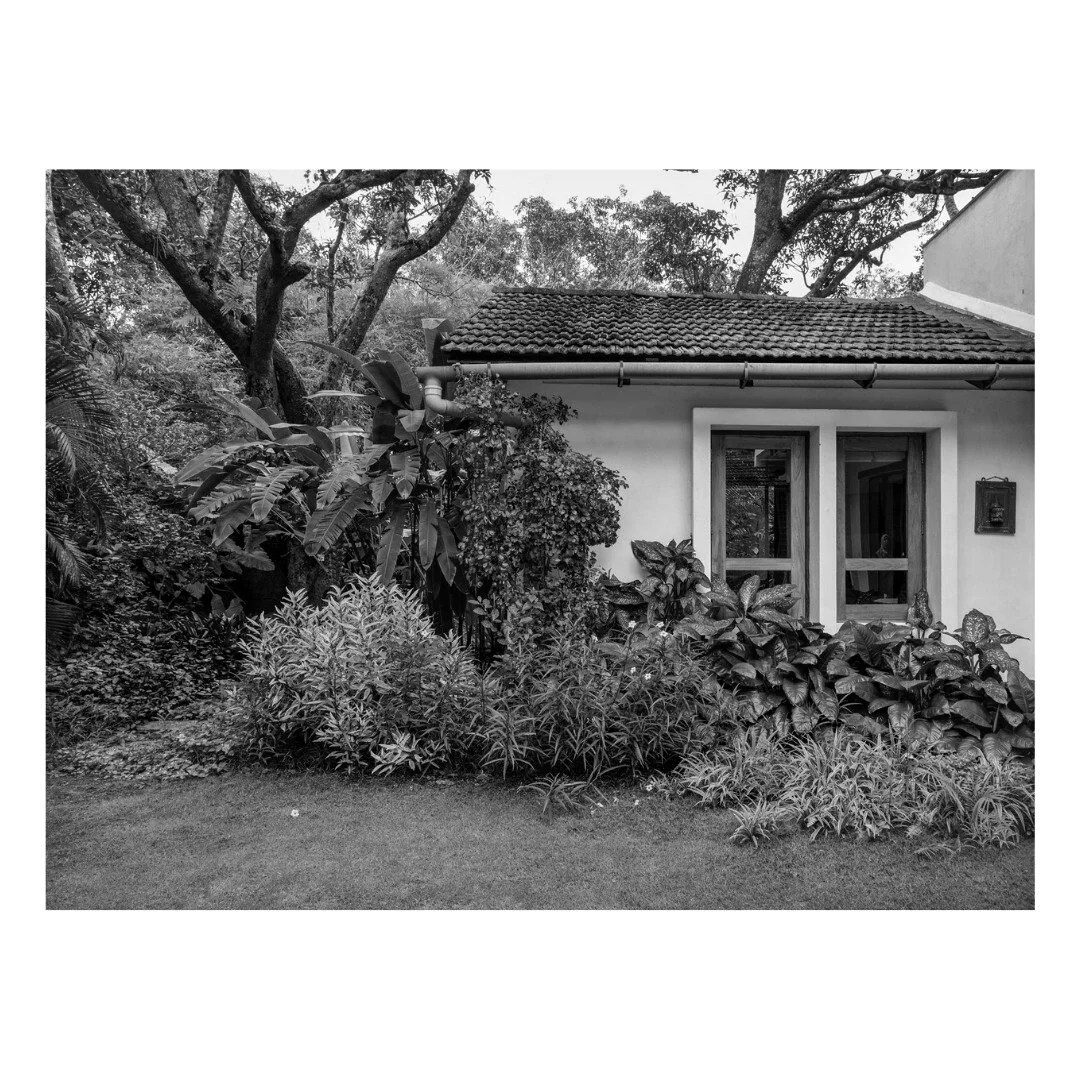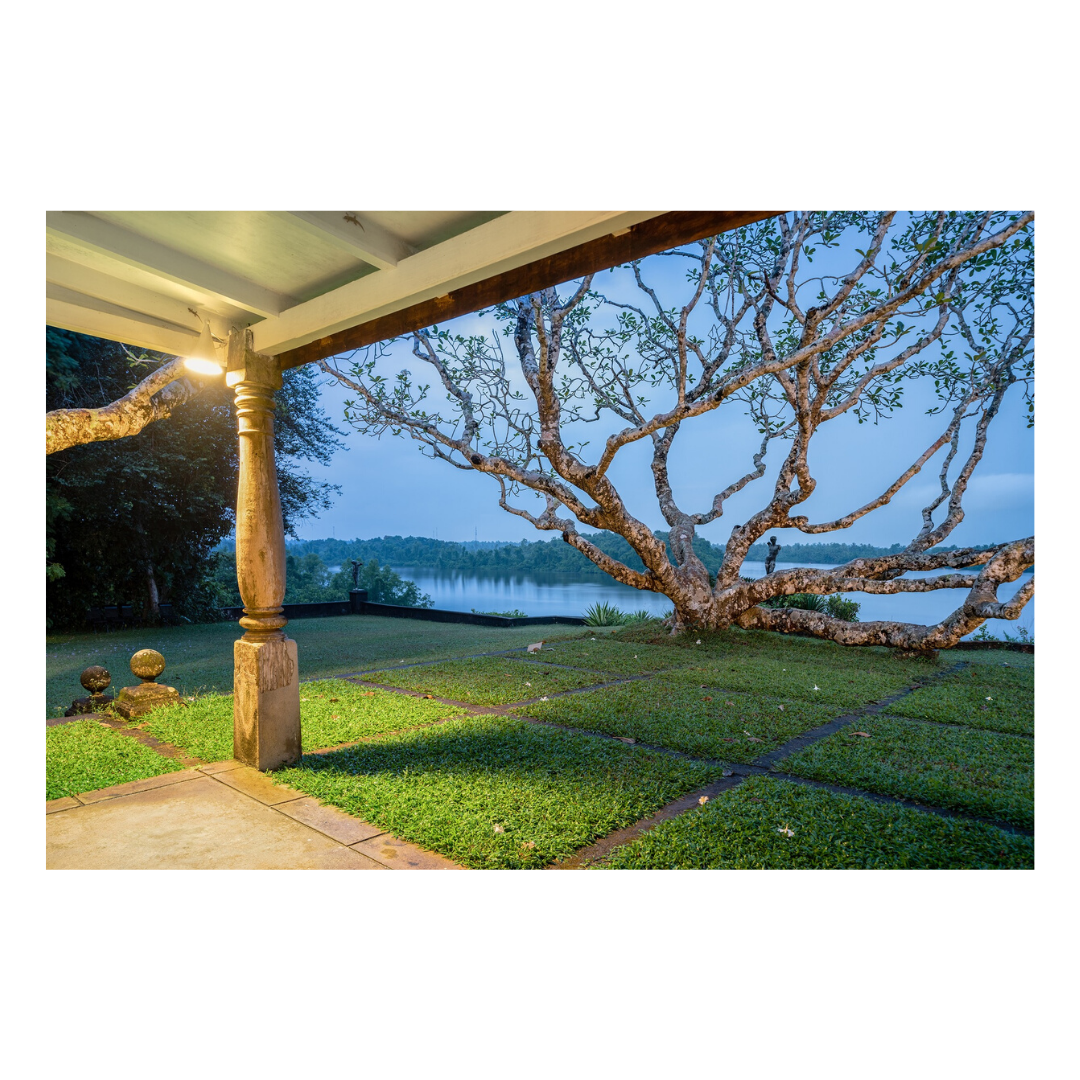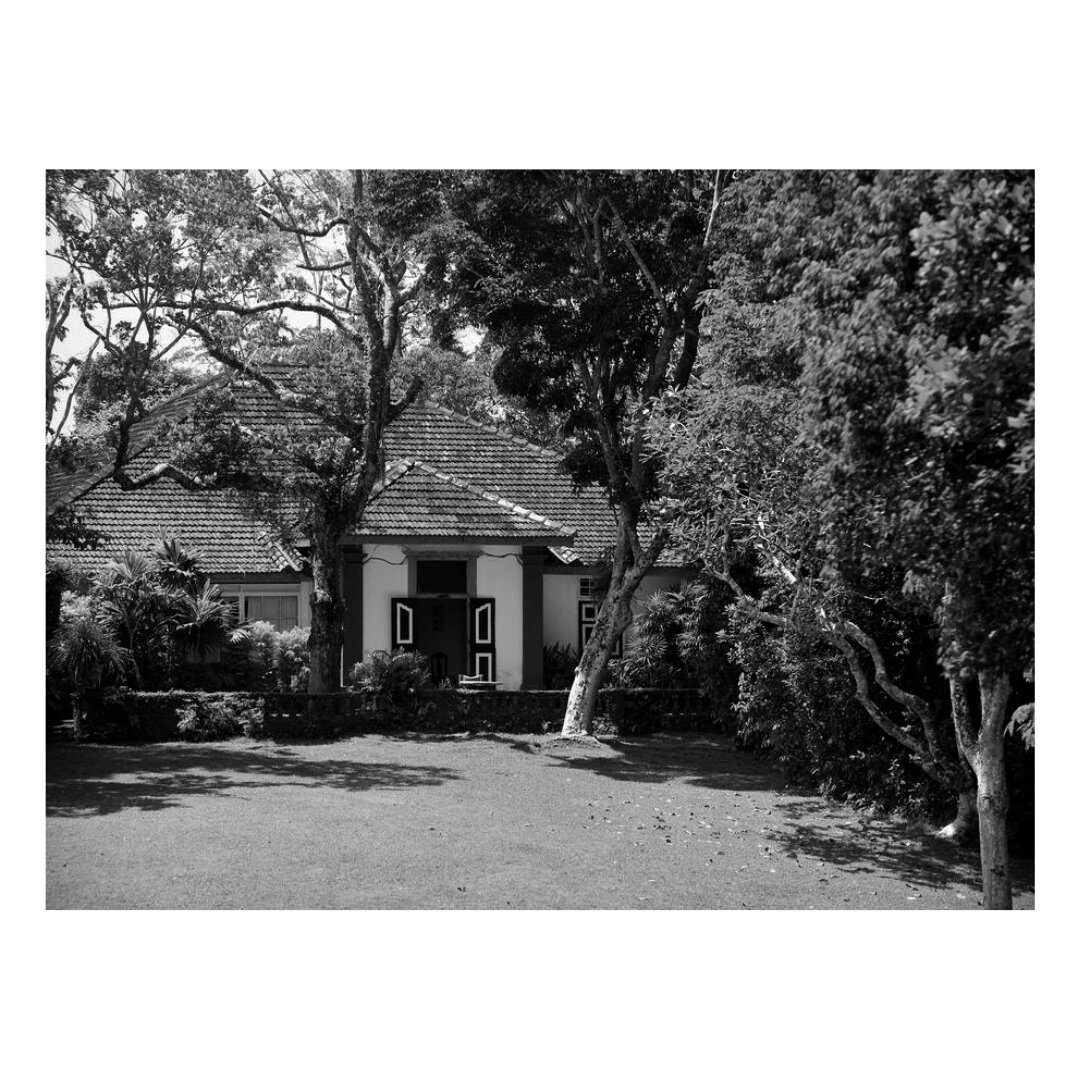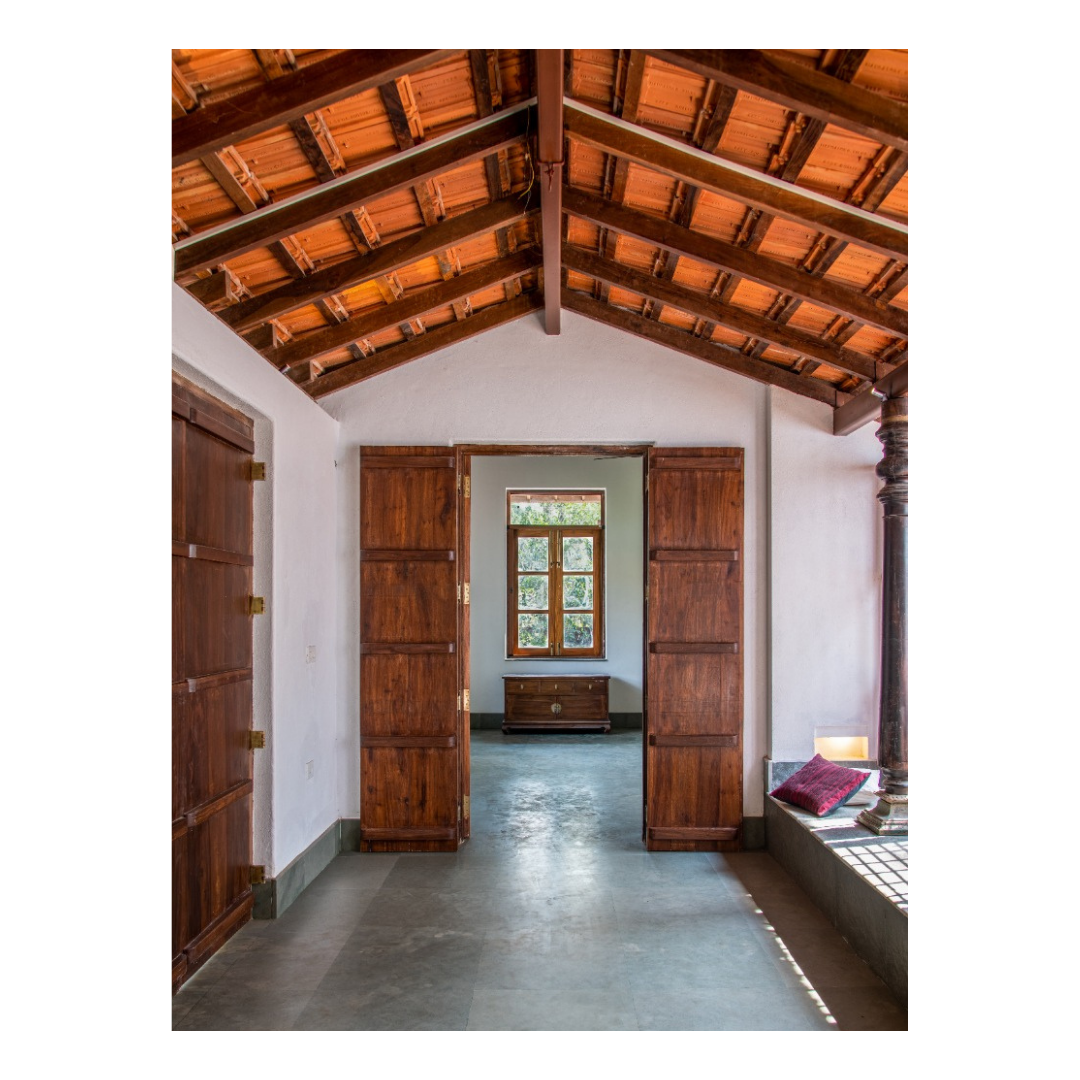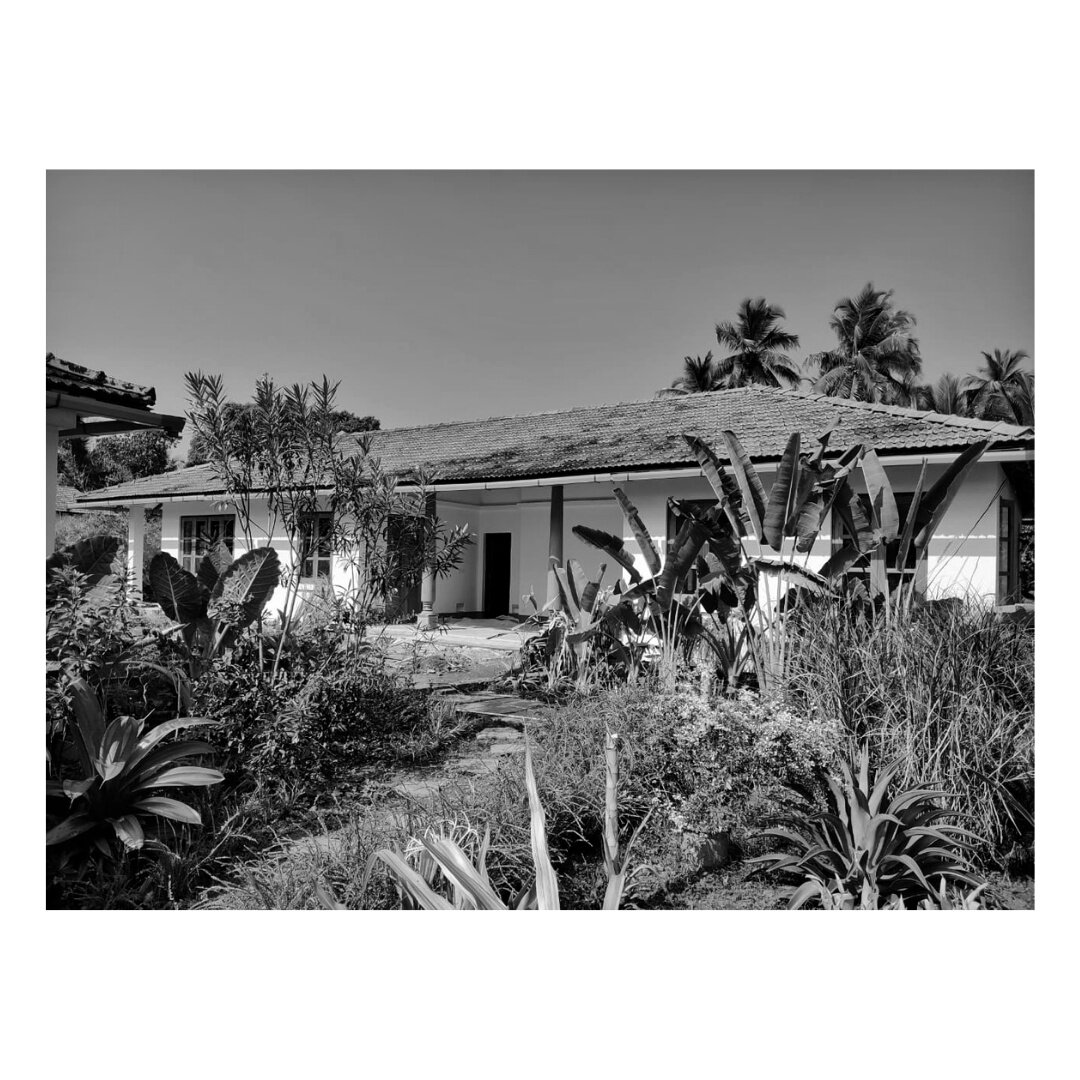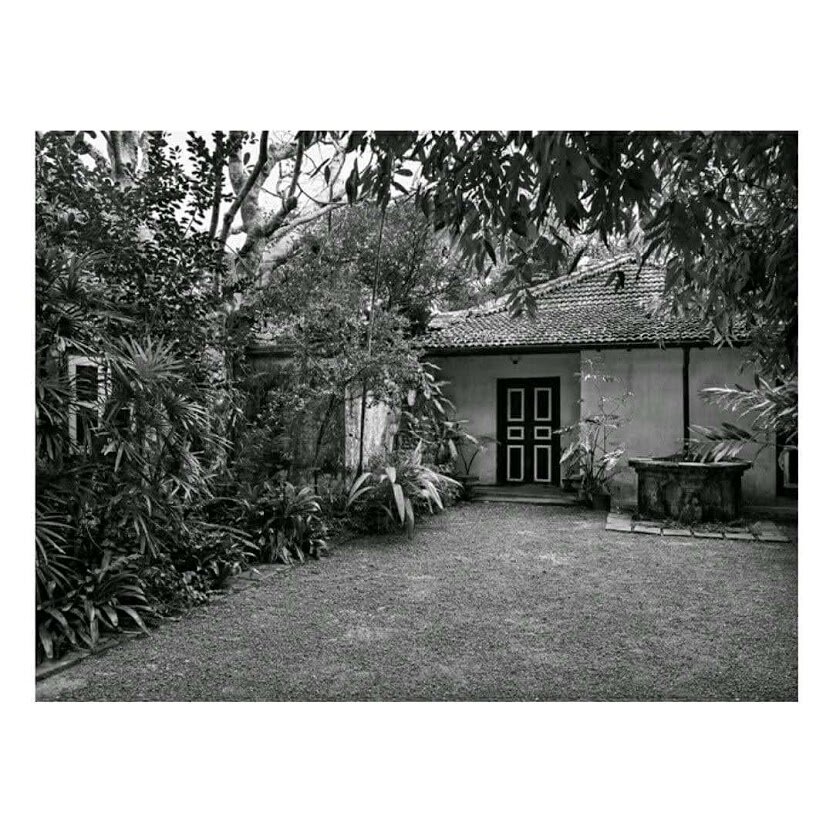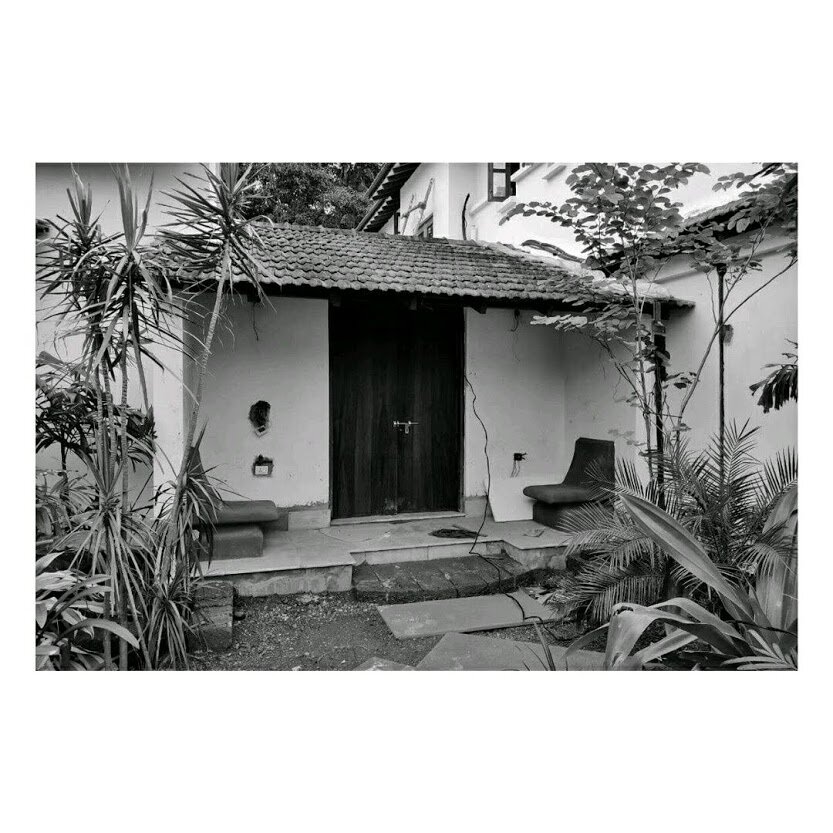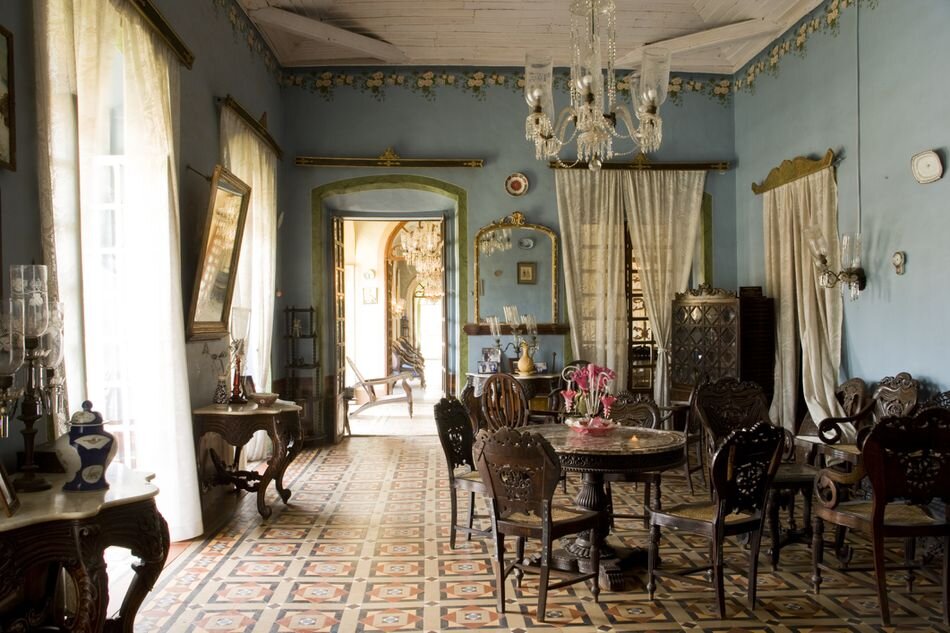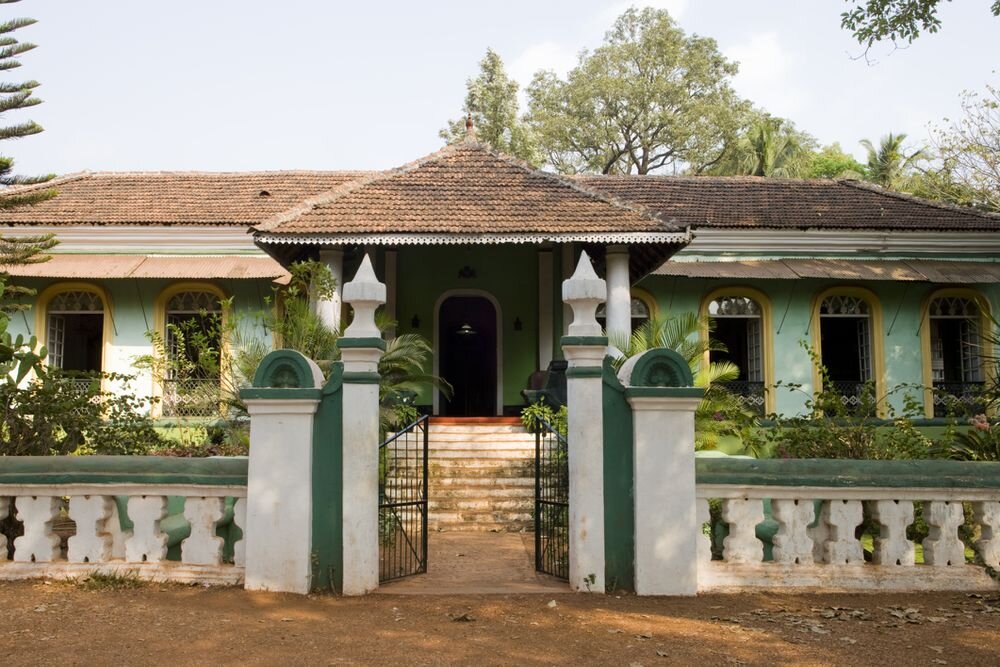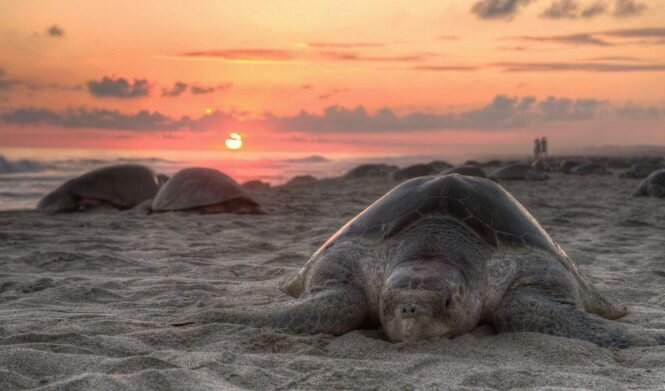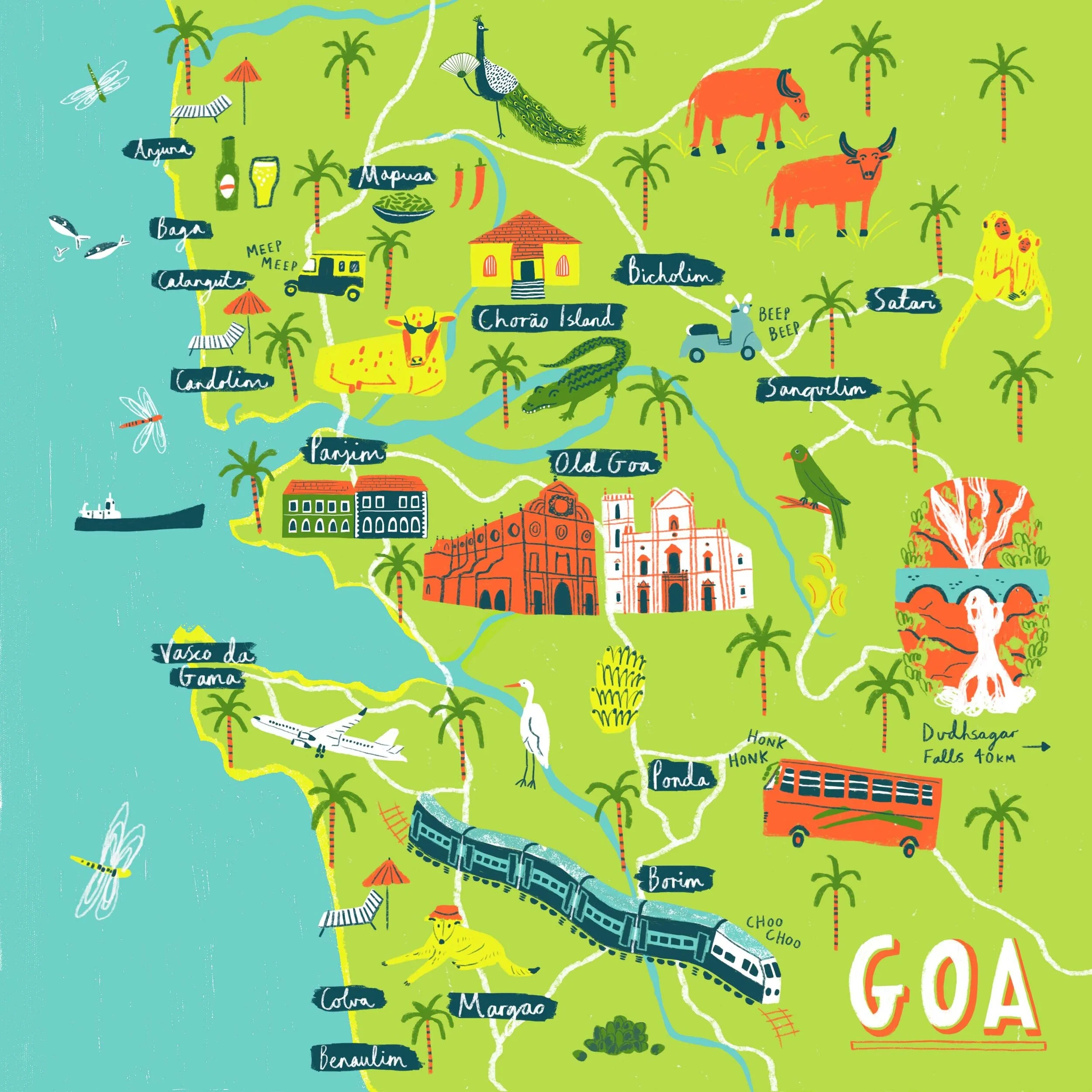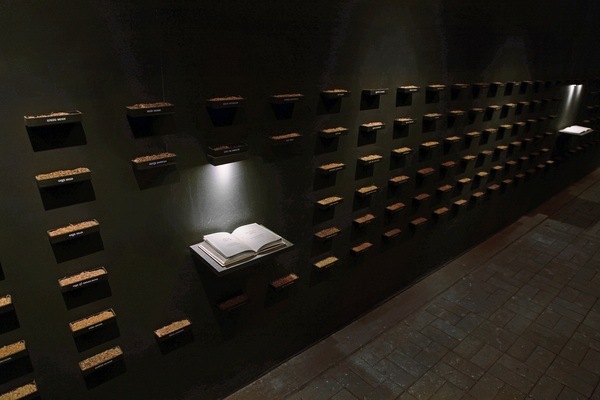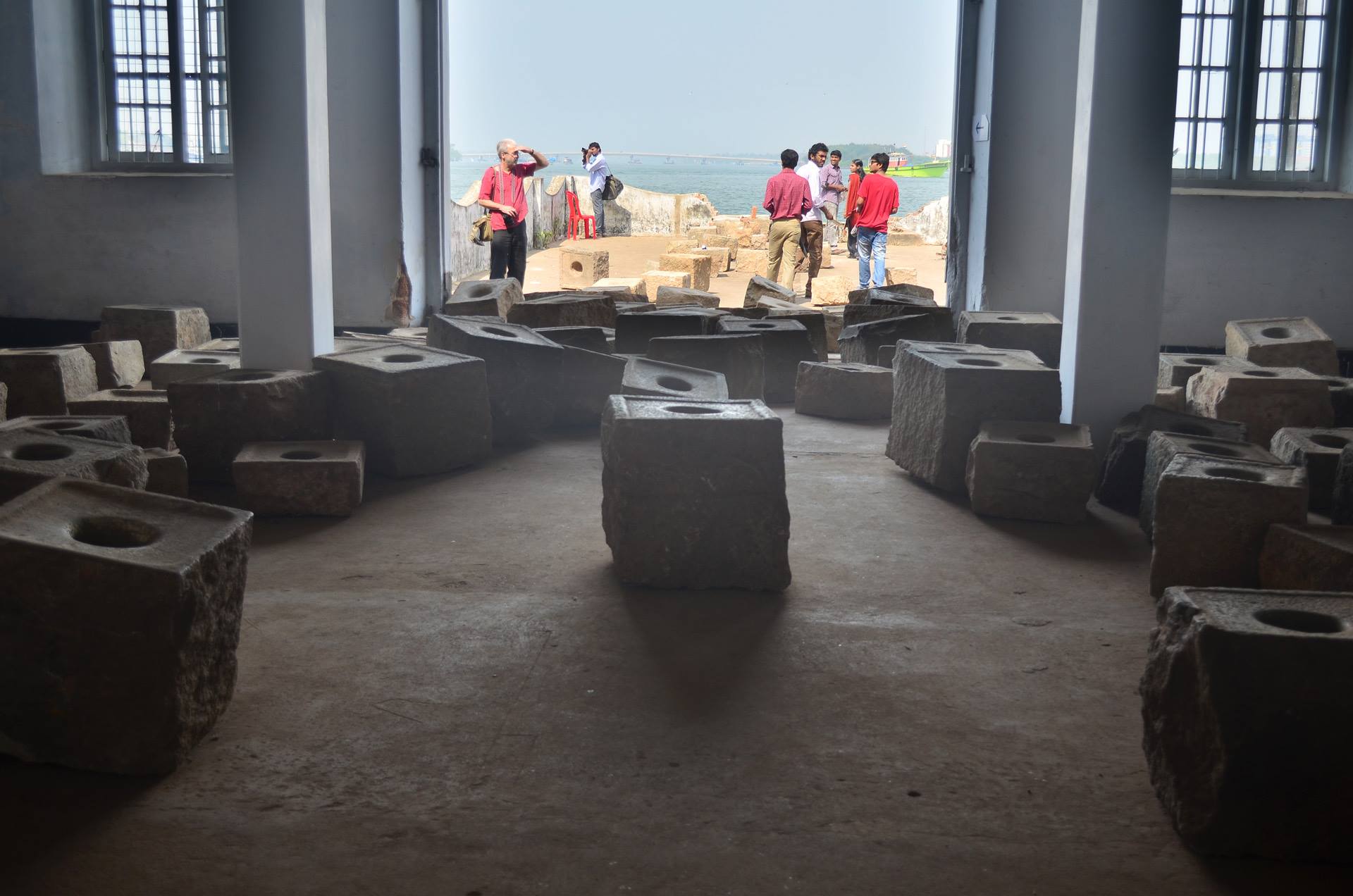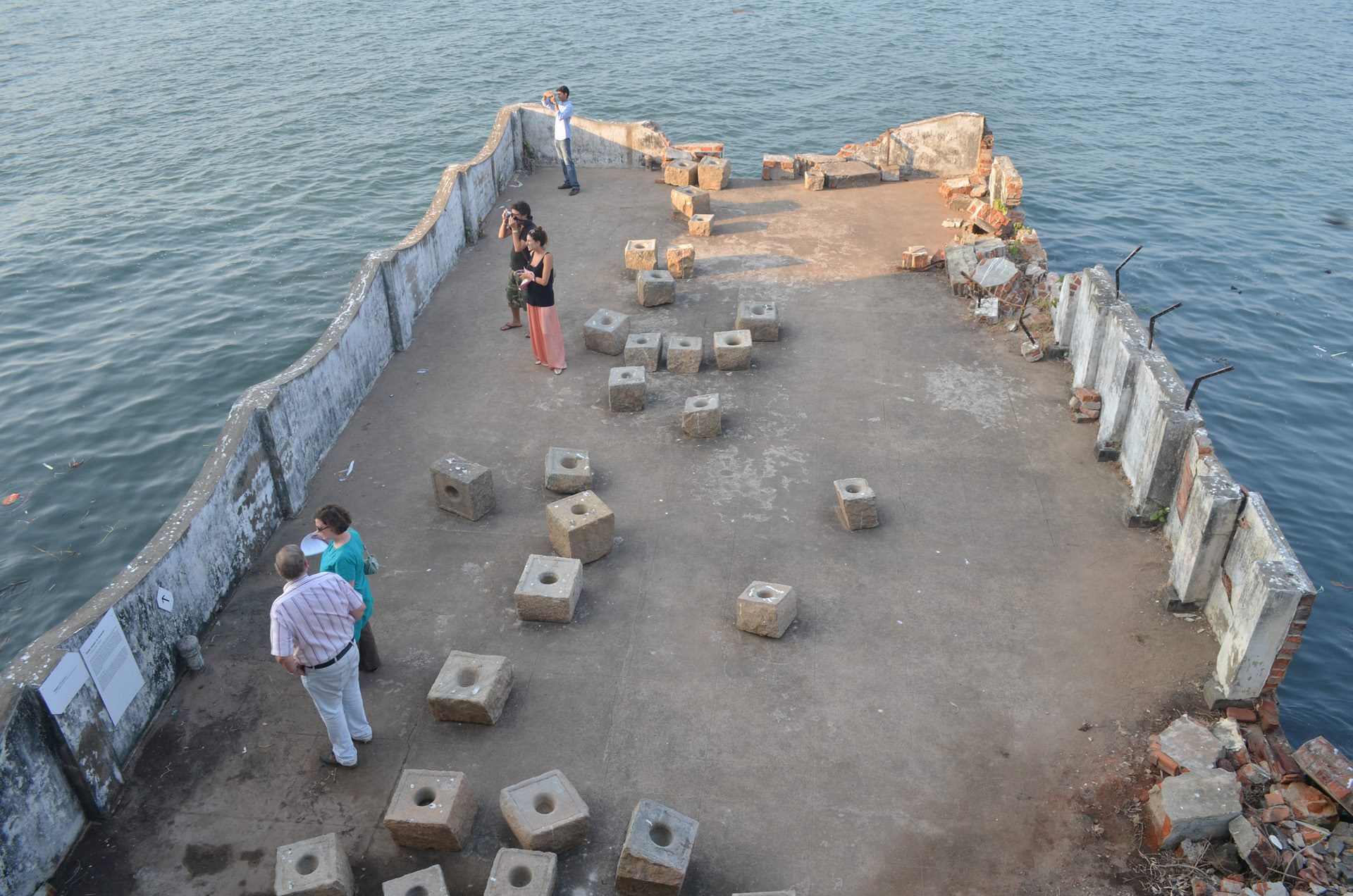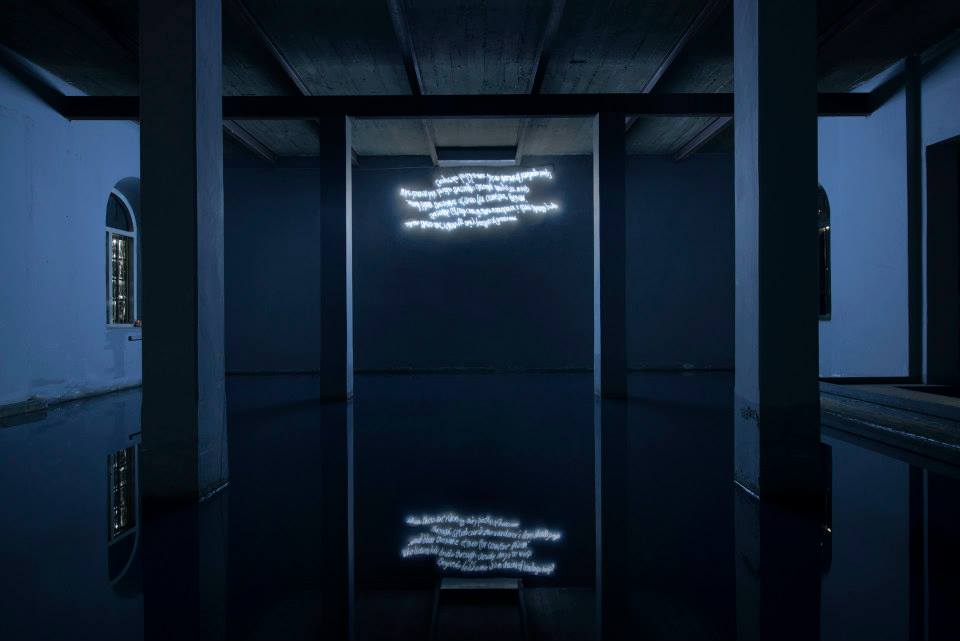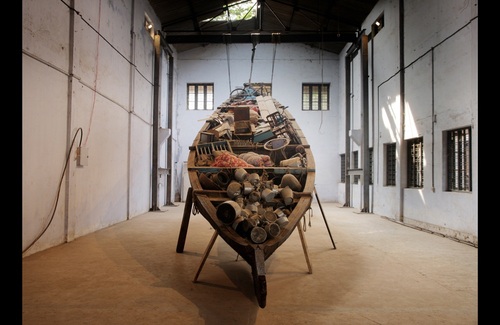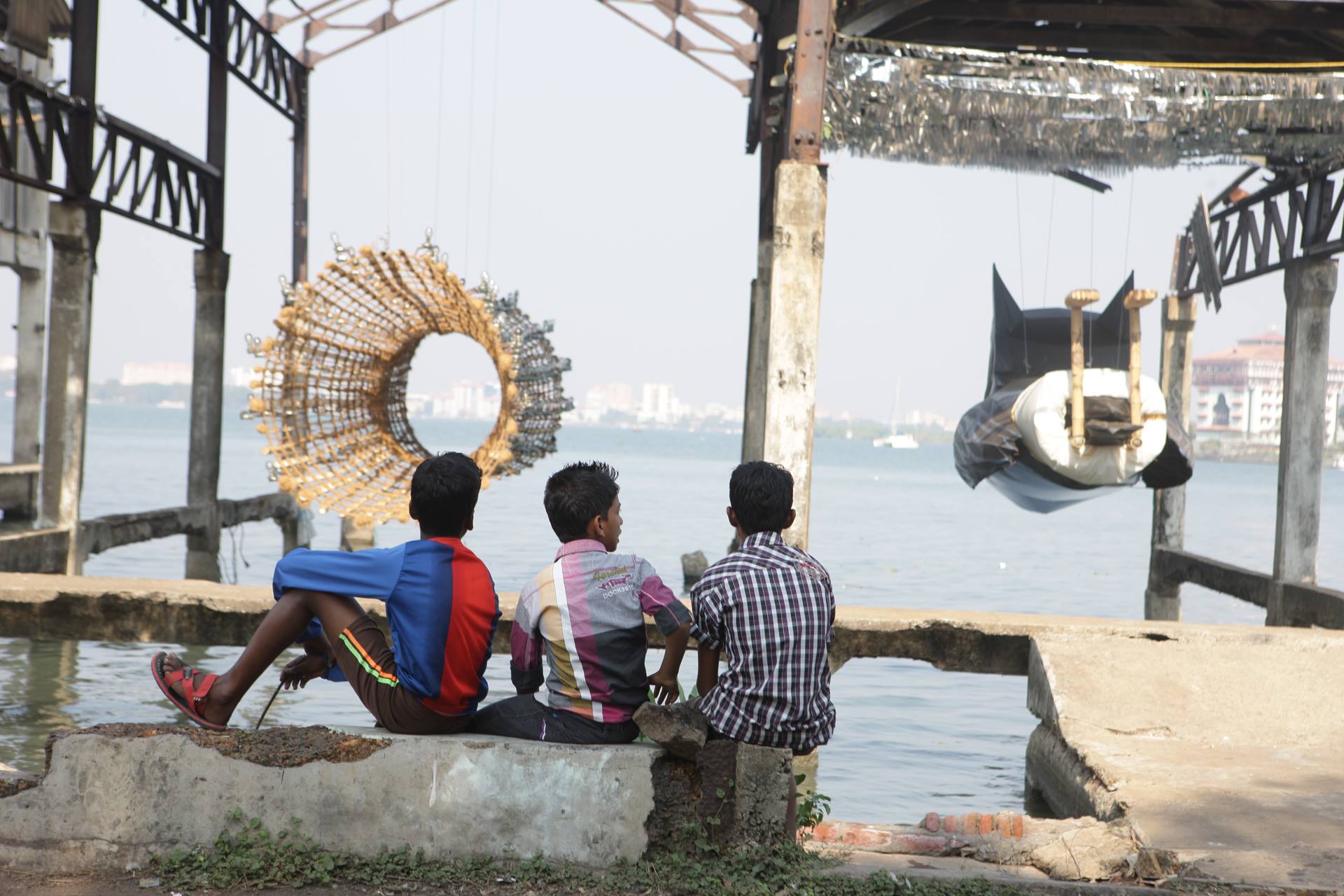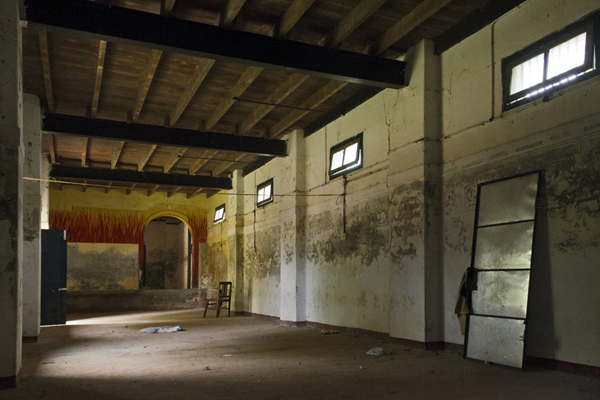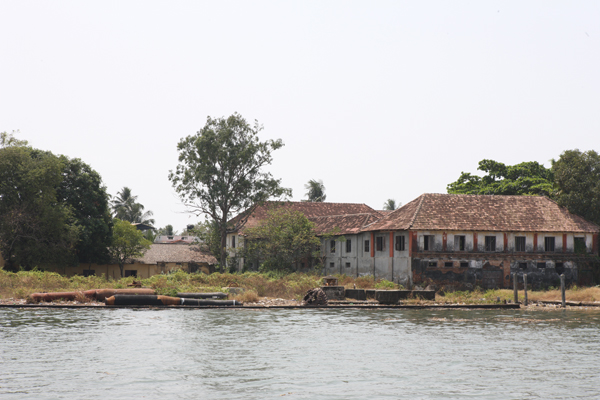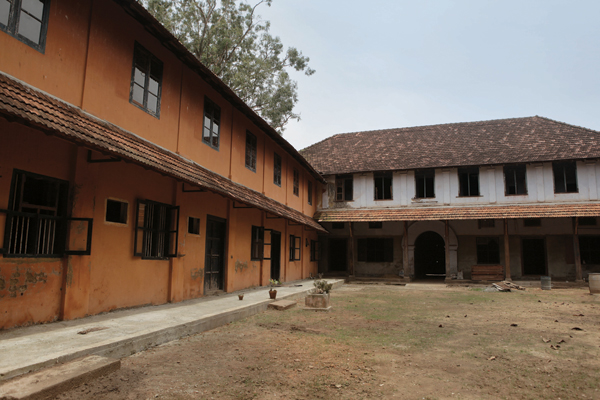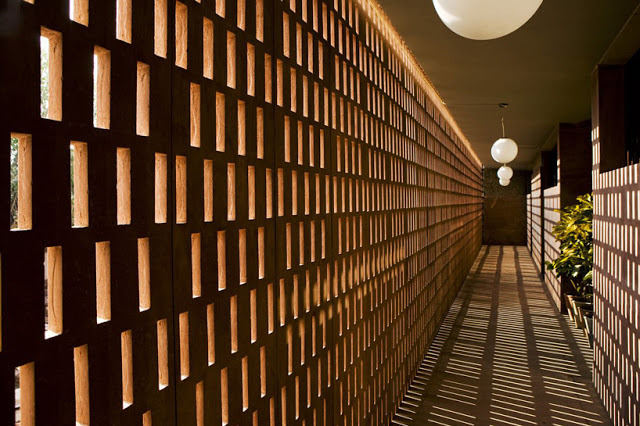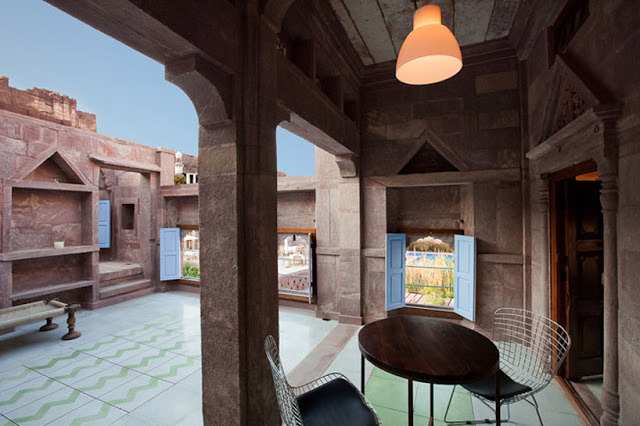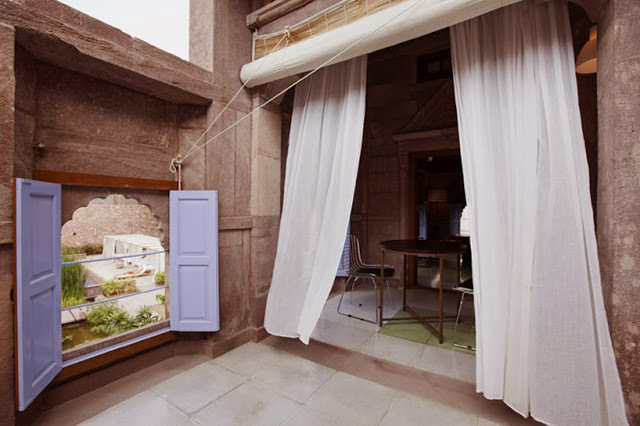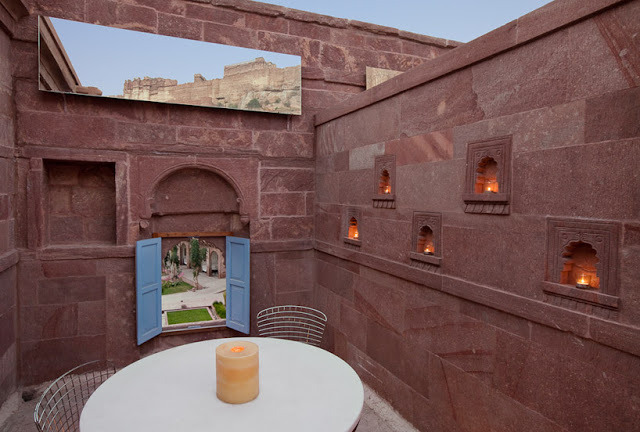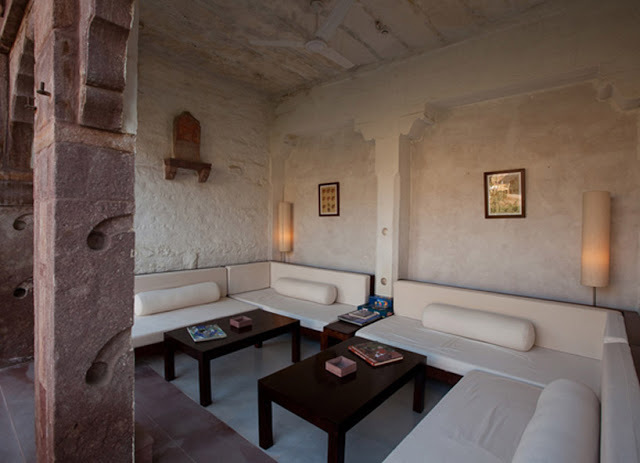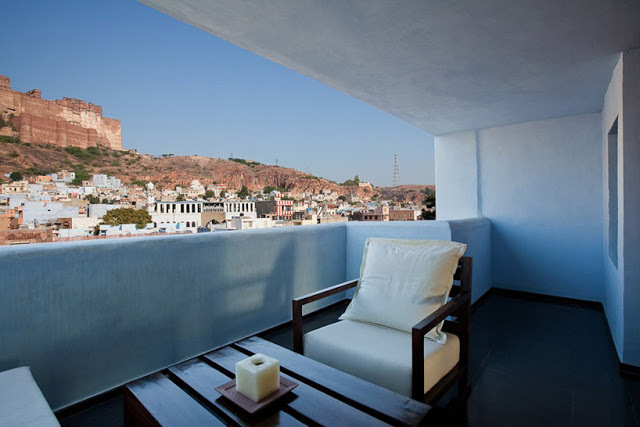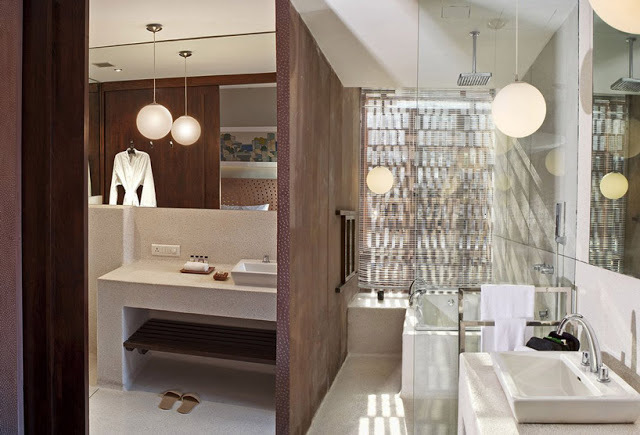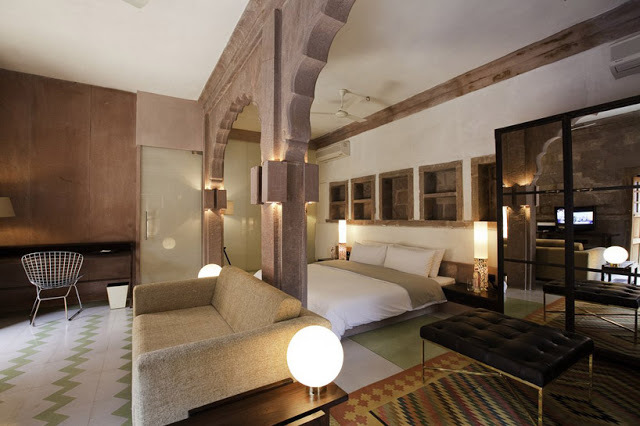On 31st June 2024, we had the opportunity to attend the release of the book State of India’s Environment in Figures by Down to Earth, presented by Sunita Narain. This event marked the annual release of their detailed state-wise analysis of various environmental issues.
The book's highlight is its numeric representation of facts and figures concerning climate change and related issues in India. The event involved the book's flow and a glimpse of its contents.
The book covers a wide range of topics, including:
Stories from Sustainable Development Goals (SDGs) to groundwater management, forest fires, plastic pollution, State of waste, transport, Greenhouse gases, Agriculture, Employment, farmers' protests, environmental crimes, and much more.
©CSE
2023 Marked the second hottest year on record with warm winters up to 1.71°C as the minimum temperature, the first time in the last 122 years. Extreme weather events were marked on 318 out of 365 days in 2023.
7 out of 9 analyzed cities showed 90% of their geographical areas under extreme heat and humidity making it worse as high humidity slows down the human body’s natural cooling process.
Forestland diversion increased by 3.5% with half of it occurring in just five states. Elephant deaths surged by 63% due to electrocutions and the leopard population grew but over half resides outside the reserves.
The most notable aspect of the book was the environmental crimes. Even though there is a decrease in registration of crimes by 18% in 2021-22. The Courts are disposing of cases at a rate significantly lower than new cases recorded, leading to cases piling up. This pile-up of new and old at the end of 2022 was a total of 1,39,246 cases.
Going through such an in-depth climate analysis was truly eye-opening. The timing of this release, just before the results of new elections in India, makes it even more relevant. We believe that sharing this information with you is crucial because awareness is the key to addressing these issues. So join us as we continue to share such updates on climate change in our broadcast channel on social media: Climate Woes



























